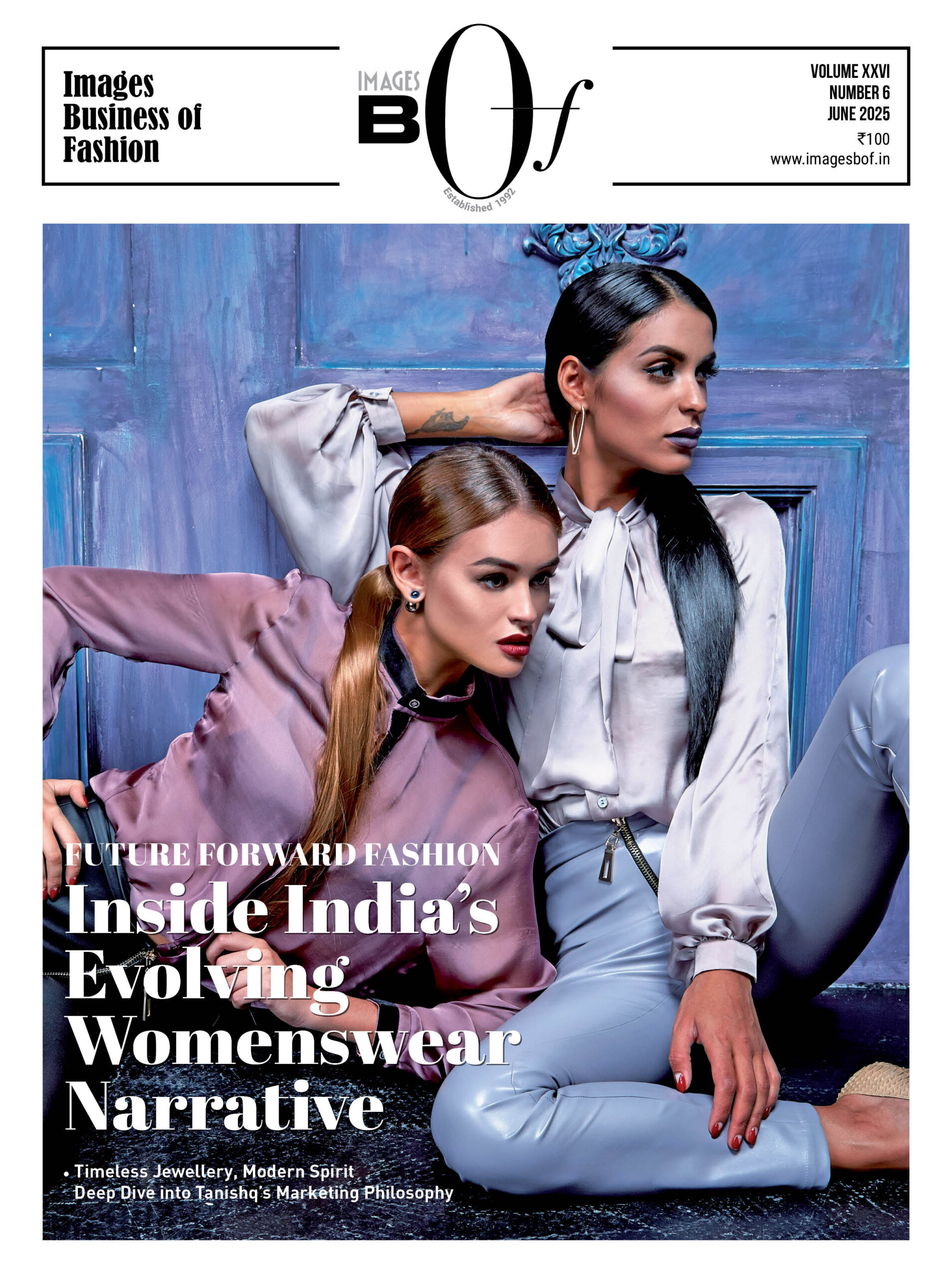The Indian textile industry, one of the oldest and most significant sectors in India, has undergone a remarkable transformation over the years. With deep-rooted cultural heritage, rich diversity, and global reach, the sector contributes to nearly 12% of the country’s exports and employs millions of people. However, as global competition intensifies and consumer preferences shift, branding has emerged as a pivotal strategy to not only differentiate but also to enhance the overall value proposition of products and companies in the textile sector. This article explores how branding is becoming the key essence in the Indian textile industry, driving growth, fostering innovation, and building long-term consumer loyalty.
The Evolution of the Indian Textile Industry
India’s textile history dates back thousands of years, with a reputation for producing some of the finest cotton, silk, and wool. The industry has always been an integral part of Indian culture, tradition, and economy. With the rise of globalization, the textile sector diversified, producing everything from traditional handlooms to cutting-edge technical textiles for various industries such as healthcare, automotive, and sportswear.
In the last few decades, Indian textiles have garnered global recognition for their quality and diversity. However, as the market becomes increasingly crowded with domestic and international players, the need for branding has escalated. Companies can no longer rely solely on product quality or price competitiveness; they must focus on creating a strong and distinct brand identity to stay relevant in both domestic and international markets.
Why Branding is Crucial in the Textile Industry
- Differentiation in a Competitive Market: The textile industry is highly fragmented, with numerous small, medium, and large players vying for market share. Branding provides companies with the opportunity to distinguish themselves in a crowded market. Whether it’s through highlighting sustainability efforts, the cultural heritage of a product, or the use of innovative materials, a strong brand identity helps create a lasting impression. In an industry where product differentiation is often minimal, a unique and consistent brand story can become a company’s strongest asset.
- Building Trust and Credibility: Consumers today are more informed and discerning. They are not only interested in the product but also in the values, ethics, and practices of the brand behind it. Brands that showcase transparency in their supply chain, sustainability in their sourcing, and ethical labour practices gain trust and credibility. In the context of the textile industry, where issues like environmental impact and labor conditions are often under scrutiny, branding plays a vital role in communicating these values.
- Capturing Consumer Sentiment: Branding also allows textile companies to tap into the emotional aspects of consumer buying behaviour. Many consumers view clothing as more than just a functional item; it’s an expression of their identity, values, and lifestyle. Effective branding connects with consumers on a deeper, emotional level. This is particularly important in markets like India, where cultural identity, craftsmanship, and tradition hold significant emotional value.
- Adding Value Beyond the Product: In the textile sector, branding elevates the perceived value of a product beyond its material composition. A well-branded textile product can command a higher price due to the association with certain attributes like luxury, exclusivity, sustainability, or quality craftsmanship. For example, luxury handwoven sarees from Banaras or Pashmina shawls from Kashmir are often priced significantly higher not only because of the skill involved but also because of the strong brand narratives associated with these products.
- Global Expansion and Recognition: Indian textile brands are increasingly looking to expand globally, and branding plays a crucial role in this endeavour. A strong brand identity allows companies to compete on a global scale by offering a distinctive proposition that appeals to international markets. With consumers across the world seeking authenticity and originality, Indian textile brands that effectively communicate their heritage and craftsmanship can stand out in foreign markets.
The Role of Innovation in Textile Branding
In the modern textile industry, innovation is closely tied to branding. With advancements in technology, brands are exploring new ways to create value and differentiate themselves. Key innovations such as smart textiles, sustainable fabrics, and digital printing are becoming integral parts of the branding strategy for many Indian companies.
- Sustainability as a Brand Pillar: Sustainability is one of the most powerful trends in the textile industry today, and Indian textile brands are increasingly embracing eco-friendly practices to build their brand image. From organic cotton to recycled polyester, many companies are innovating their product lines to reduce their environmental footprint.
- Technological Integration: As consumer expectations evolve, brands are also leveraging technology to enhance their products. Smart textiles that monitor health metrics or respond to environmental changes are making waves in the industry. Brands that integrate such innovations into their offerings are positioning themselves as forward-thinking and technologically advanced, helping them stand out in the market.
- Traceability and Transparency: With the growing demand for transparency in the textile supply chain, brands are adopting blockchain and other technologies to track the origin and journey of their products. This not only allows them to assure consumers of ethical sourcing but also adds a layer of authenticity to their brand narrative. For example, Indian brands involved in silk and handloom production are increasingly promoting the traceability of their products to connect with conscious consumers.
Challenges and Opportunities
Despite the immense potential of branding in the Indian textile industry, several challenges persist. The sector remains highly fragmented, with many small-scale manufacturers lacking the resources or knowledge to invest in branding. Moreover, creating a consistent brand identity in an industry with diverse product lines and target markets can be complex.
However, these challenges also present opportunities. Government initiatives like “Make in India” and “Vocal for Local” are providing platforms for textile companies to promote their products both domestically and internationally. Additionally, digital marketing and e-commerce have opened up new avenues for even the smallest players to build their brand and reach a global audience.
Conclusion
In today’s competitive landscape, branding is no longer an option but a necessity for Indian textile companies. It goes beyond just a logo or tagline; it involves crafting a compelling narrative, showcasing ethical practices, and consistently delivering on the brand promise. As consumer expectations continue to evolve, the brands that can successfully create a unique identity and build trust with their audience will not only survive but thrive in the ever-changing textile industry.
The Indian textile industry, with its rich heritage, skilled craftsmanship, and innovative potential, is well-positioned to leverage branding as a key driver of growth and global recognition. By embracing branding as an essential part of their business strategy, textile companies can unlock new markets, foster customer loyalty, and ensure long-term success.



